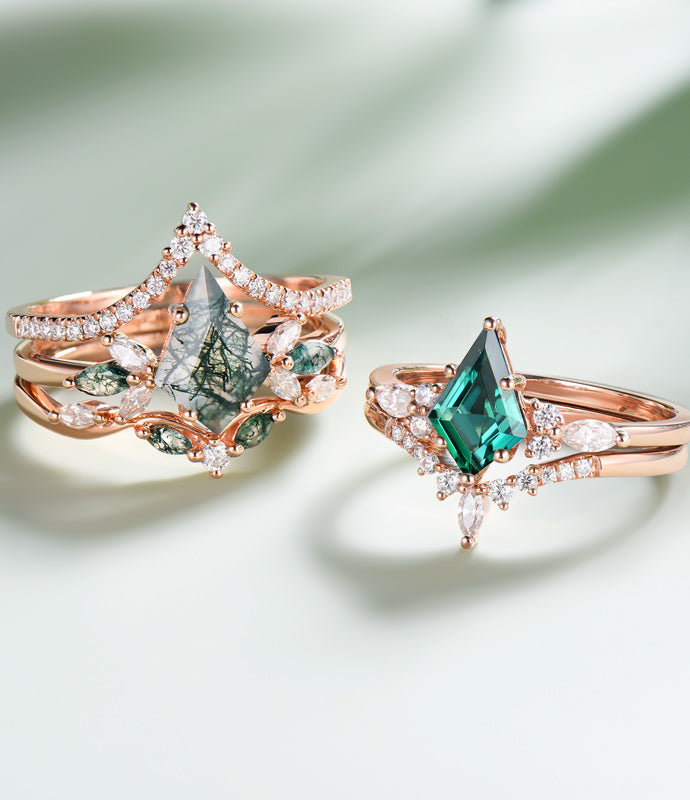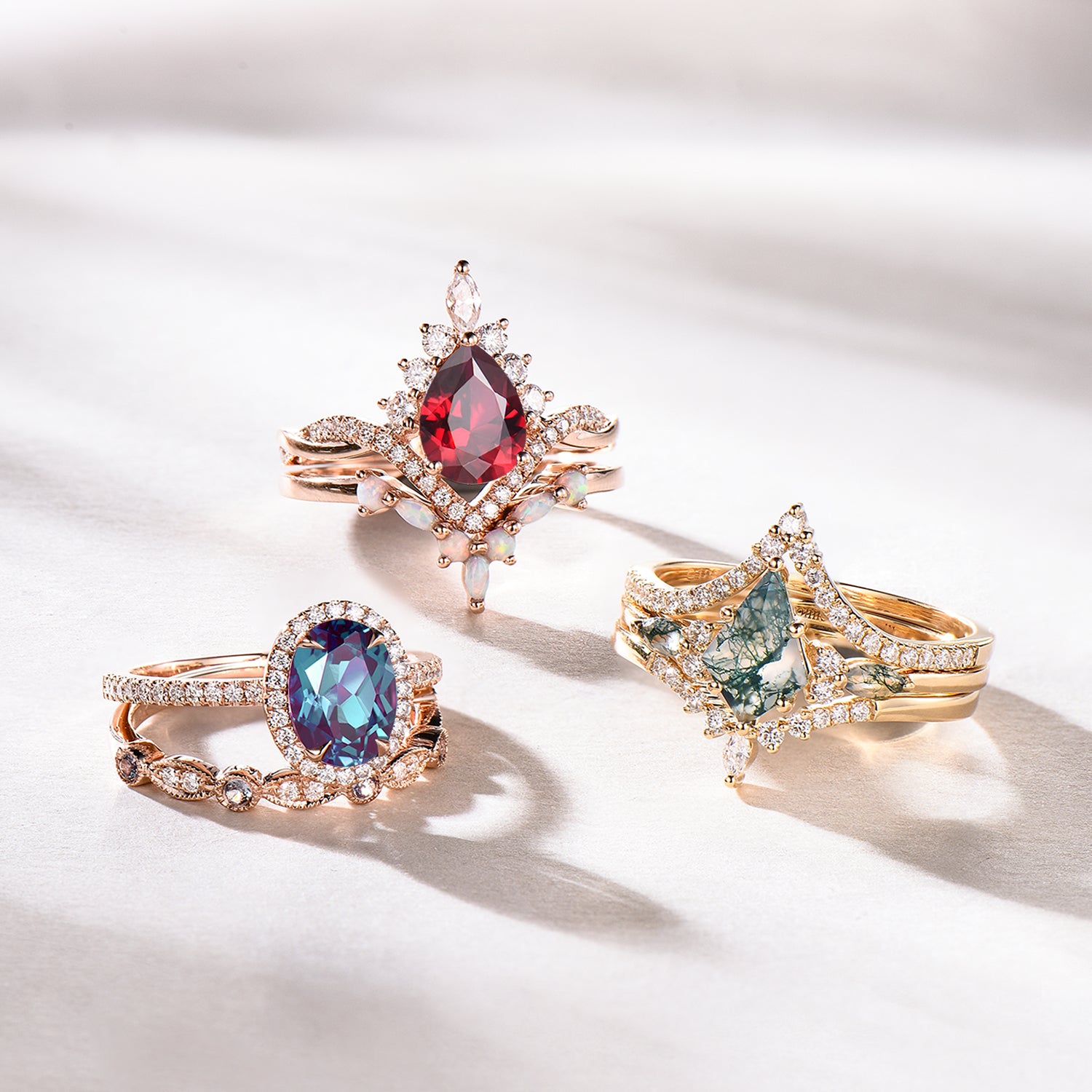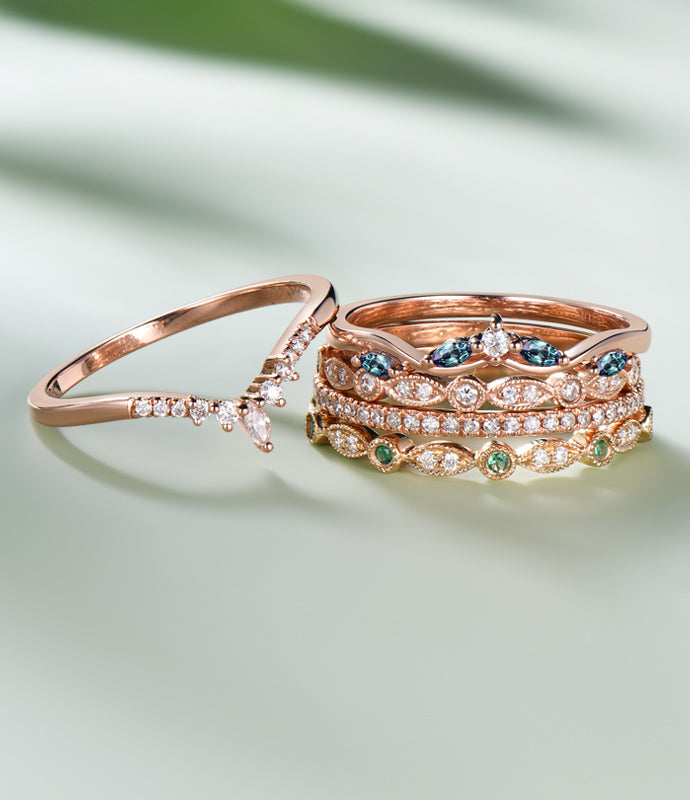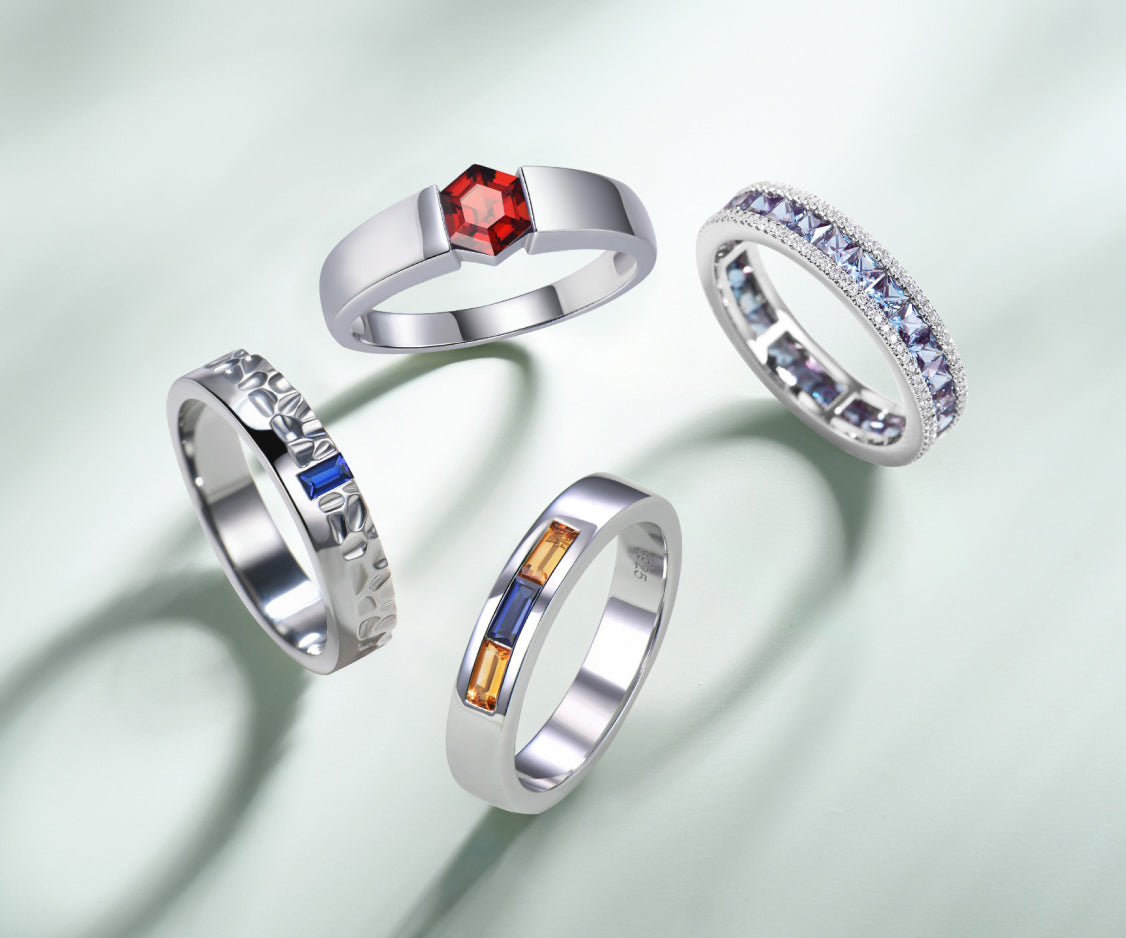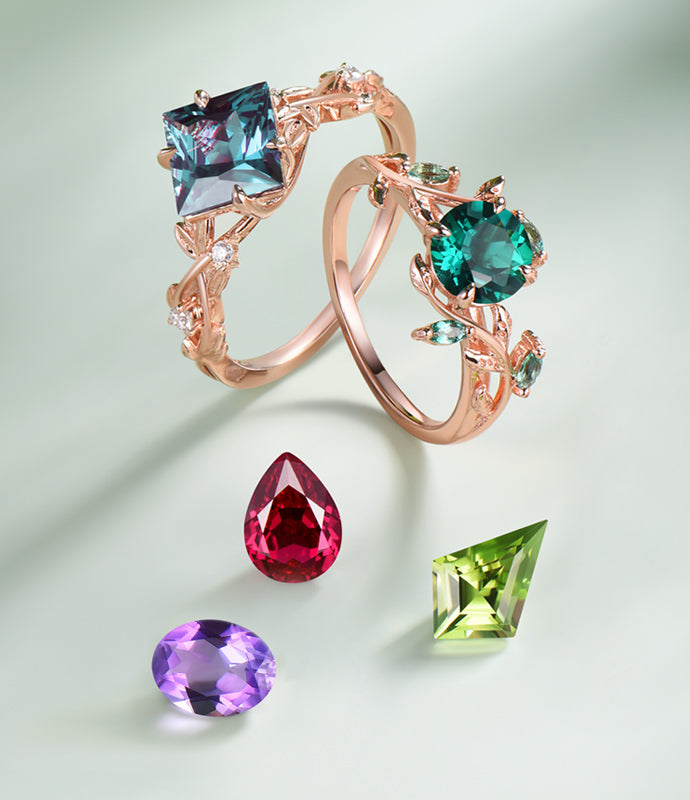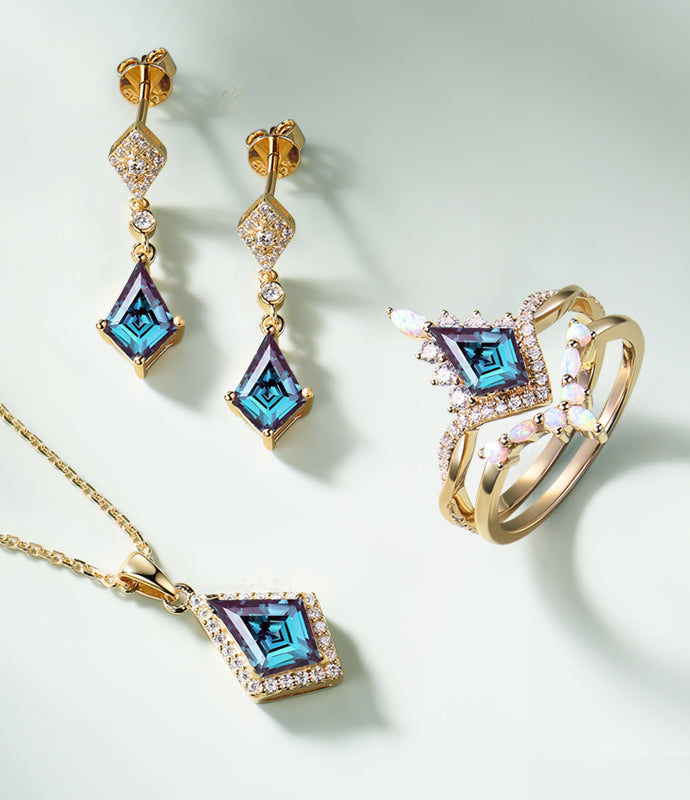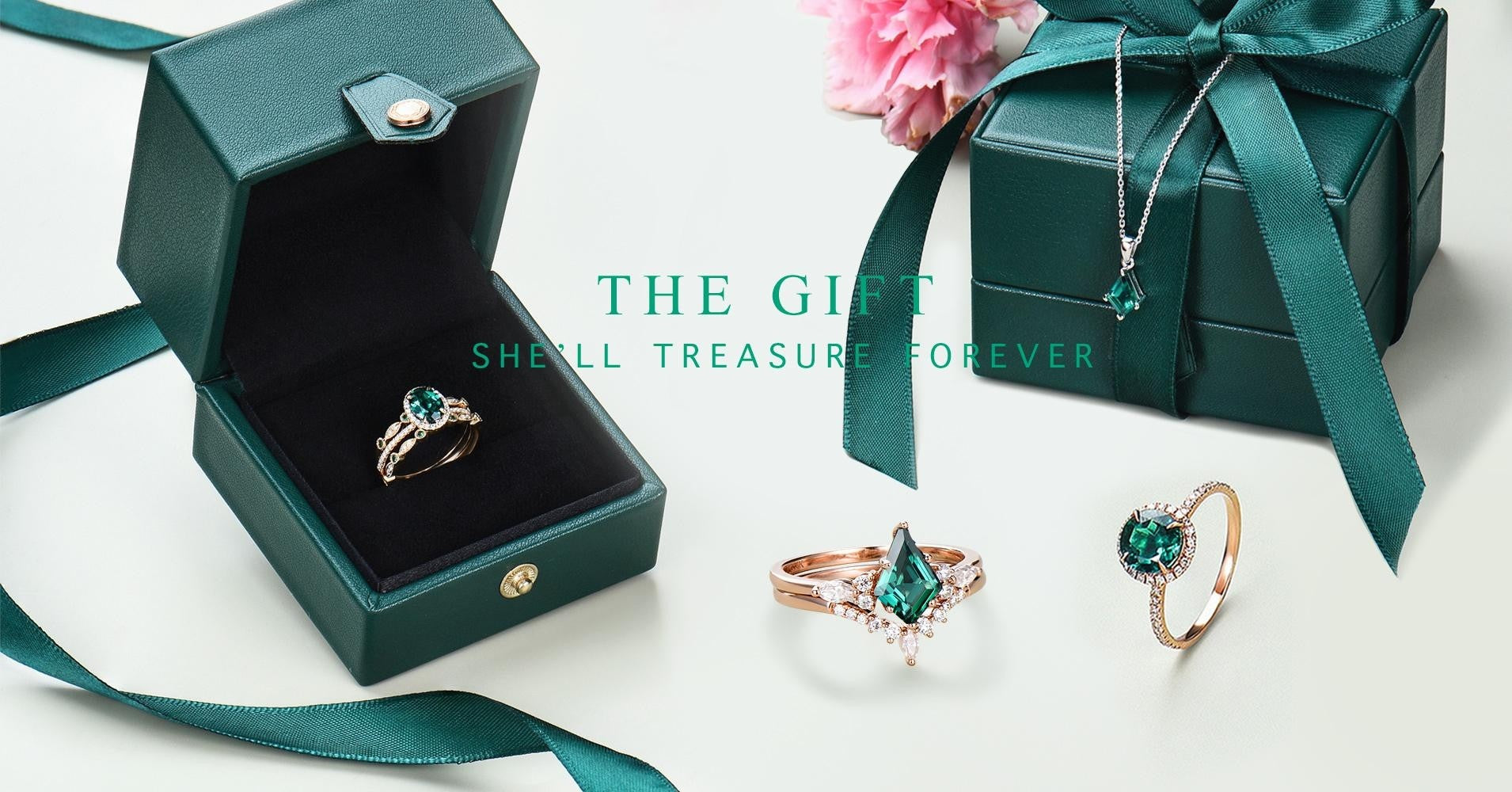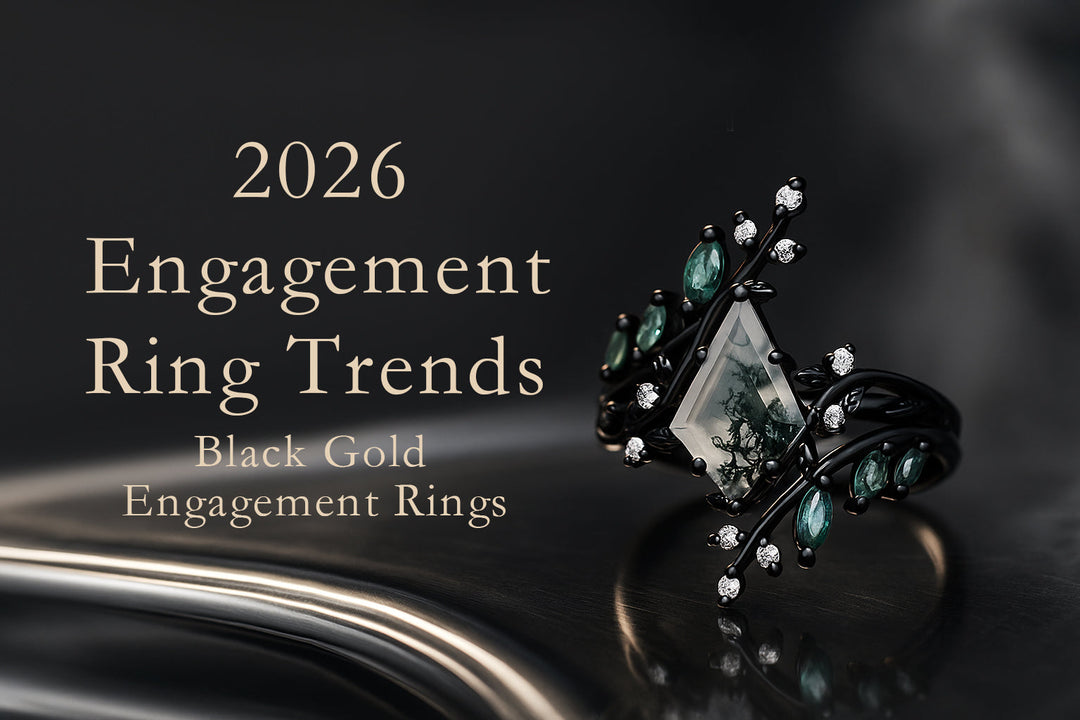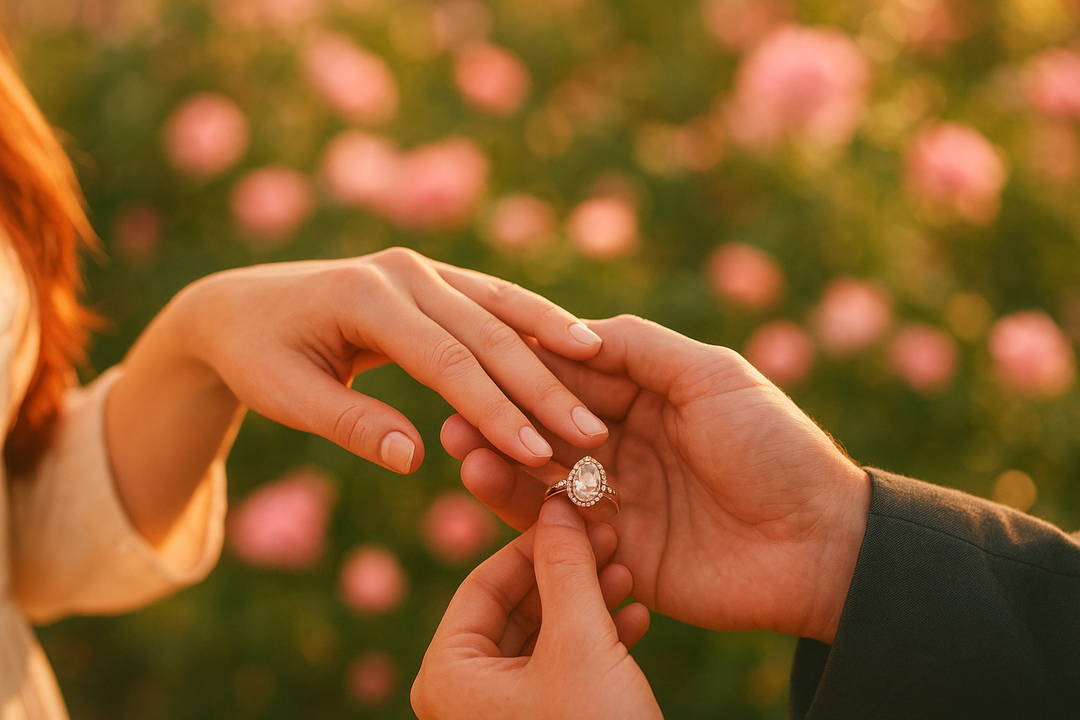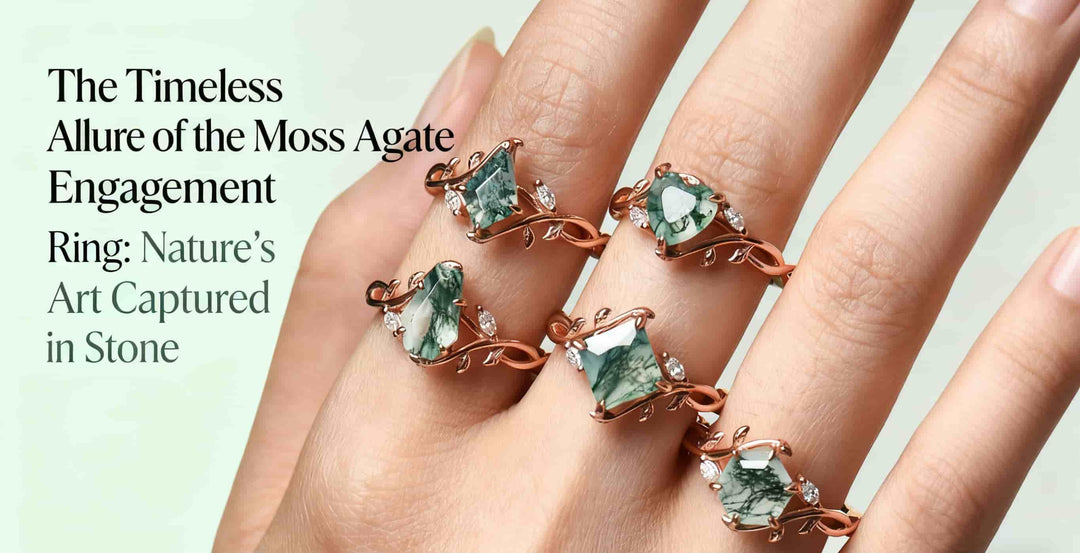All About Turquoise Engagement Ring and What To Know Before Buying One
Turquoise, an increasingly popular and highly sought-after precious stone, stands out as a gem of exceptional brilliance for engagement rings. What distinguishes it is its unique distinction of being named after a color, an accolade not many gemstones share. While it may not command the same price tag as its counterparts, such as diamonds or sapphires, turquoise possesses an enchanting appeal that rivals the most prestigious stones in the world.
So, if you have made the inspired choice to adorn your engagement ring with the mesmerizing beauty of turquoise, there are some essential insights to consider. Turquoise, a greenish-blue gem, derives its name from the French word "Turkish," as it was originally introduced to Europe from Turkey. This magnificent gem takes shape over several thousands of years as water permeates rocks enriched with copper and aluminum minerals. Before buying the perfect turquoise engagement ring, here are some good tips to keep in mind.
- Familiarize Yourself with Turquoise Varieties
Turquoise varieties are often associated with their places of origin, and each of these comes with their unique characteristics. Take, for example, the renowned Persian Turquoise, which differs from the American or Mexican varieties due to its lower porosity. This variation gives the latter a lighter green-blue hue.
Evaluate your stone using the 4Cs
Color
Color and saturation play a pivotal role in assessing the value of turquoise. While a specific shade often springs to mind when we think of turquoise, it's essential to recognize the diverse range of blues and greens that fall under this spectrum. These encompass light sky blue, deep blue, vivid green, leaf green, blue-green, and sea green. Among these variations, the most sought-after turquoise gems are those that display an even and well-balanced mid-range blue color, as they hold the highest value in the world of turquoise appreciation.
Cut
Turquoise's intrinsic beauty remains largely unaffected by the art of cutting, yet it can be skillfully shaped into recognizable forms such as ovals, beads, cabochons, and chips.
Clarity
Turquoise is generally opaque but translucent versions, which are quite rare exist as well. The Turquoise is predominantly opaque, although there exist rarer translucent variants. It's important to note that this gemstone typically lacks the characteristic sparkle found in other precious stones.
Carat
Turquoise is extracted from mines and subsequently fragmented into smaller pieces for use in jewelry. Stones weighing approximately 4-8 carats are commonly chosen for crafting jewelry, while larger specimens are favored for ornamental pieces. In the market, the price of turquoise can vary, typically falling within the range of $30 to $60 per carat for a piece of high quality.
- Coordinating Turquoise with Complementary Colors
Turquoise embodies a sense of timeless elegance and sophistication. While it particularly enhances cool-toned complexions, it can still be a striking choice for those with warm skin tones when paired thoughtfully. Turquoise's versatility extends to its ability to complement a wide range of outfit colors. It finds perfect harmony with neutral tones such as brown, gray, white, and black, making it an ideal choice for those seeking a chic and classic look.
- 3. Glam up your outfit with matching turquoise pieces
Elevate your attire by incorporating a turquoise stone, either alongside platinum, gold, or occasionally silver, which are equally captivating and often budget-friendly. Turquoise rings, in particular, add a touch of glamour to evening wear. A turquoise cocktail ring exudes a sense of vintage charm and sophistication. Additionally, in certain cultural traditions, a turquoise ring symbolizes the sentiment of "forget me not," making it an ideal choice for a promise ring or an engagement ring.
- Understanding Proper Turquoise Care
Buying your turquoise jewelry is just the first step but ensuring its longevity is another level that requires proper care. Turquoise is a relatively durable gemstone, but it can be susceptible to damage when in contact with harder stones, such as diamonds, subjected to forceful impacts. Additionally, everyday activities like household chores that involve cleaning with harsh chemicals, using strong soaps, or abrasive shampoos can prove detrimental to this gem due to its high porosity.
To preserve the beauty and integrity of your turquoise jewelry, it's essential to handle it with care, avoiding situations where it might come into contact with harder substances or be exposed to abrasive chemicals. By taking these precautions, you can enjoy the lasting splendor of your turquoise for years to come.
- Be Aware Of Turquoise Imitations
Modern technology has played a pivotal role in developing chemical compositions capable of producing turquoise-like synthetic products. To the untrained eye, distinguishing between these replicas and authentic turquoise can be challenging. The differences become evident primarily in the prices of these synthetic imitations and their comparatively diminished properties. An example is variscite, an imitation often mistaken for turquoise, distinguished mainly by its greener hue. For the discerning observer, the discrepancy in price and visual attributes serves as a telltale sign of these synthetic alternatives, a distinction not readily apparent to those without gemological expertise.
Conclusion
Turquoise is a gemstone of exceptional charm and historical significance and has rightfully earned its place in the world of jewelry. Its unique distinction as one of the very few gems named after a color sets it apart, and its enchanting beauty rivals even the most prestigious stones. Turquoise offers a versatile range of colors, making it an appealing choice for various occasions and complementing an array of outfit colors and types.
Understanding the factors that determine its value, such as color, cut, and carat, is important for making an informed purchase. Additionally, knowing how to care for turquoise is crucial to ensure its longevity, given its susceptibility to damage when exposed to harder substances and chemicals. By following this guide and appreciating the timeless appeal of turquoise, one can make a well-informed decision when incorporating this magical blue stone into their engagement ring choice.




